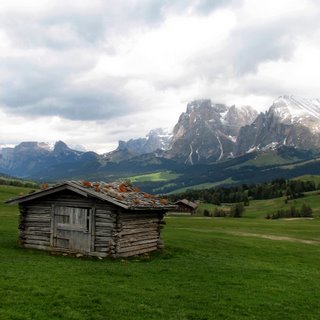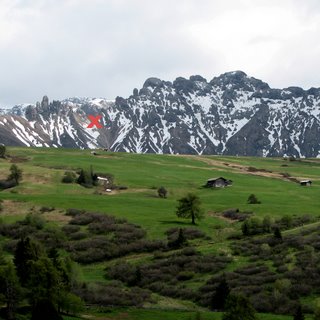
Wine tastings are a unique and indulgent experience. They are all about drinking one glass of wine after another, hunting for essences and aromas within each glass. I can honestly say that I tasted cherries in one red wine while using the recommended tasting method of "gargling" the wine, i.e. taking in air along with the wine while drinking from the glass. The first time I found a wafting wisp of cherries, the second I nearly choked a mouthful of red wine onto the tablecloth. Apparently the suave combining of air and wine, while drinking, is not a skill I've developed just yet.
I tasted peach highlights in the white wines and found them to be lighter than the reds. And that's about as deep as my wine knowledge goes. I do know that before drinking you need to swirl the wine in the glass to introduce oxygen which then enlivens the wine's bouquet, or scent. This works for about the first four glasses and then you start to worry that your swirling might be a little too vigorous. At that point you start focusing on the crackers instead of the wine and all goes well.
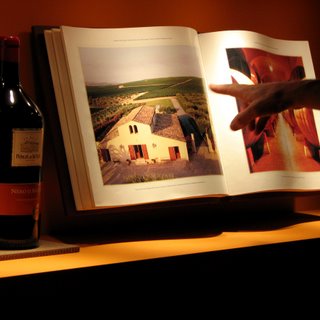
We were on a visit to the Zonin vineyard in Gambarella that was organized through work. It's about two hours out of Milan and is a beautiful site full of family history and wine making expertise. We were given a very special personal tour by one of the owners, a nephew of the founder. He walked us through the winery's museum sharing with us the history of the winery, the family, and the various aspects of winemaking.
One of the things that often gets lost in the wine experience is the cork. It blocks access to the wine, sometimes falls apart, and is generally a pain to remove. Everyone is happy when it is finally gotten rid of and dropped into a corner. But a lot of work has gone into the cork itself. Cork trees grow for over a decade before they can be shorn of their cork and the cork then must dry for over a year before it can be used.
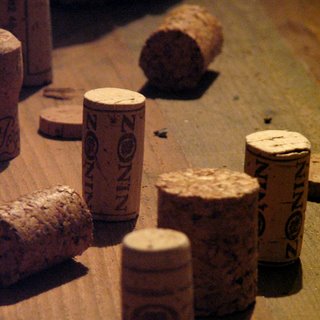
Cork varies in quality and fine cork is prized. The finest pieces are often used in round coins at the top and bottom of corks, with lesser quality cork comprising the majority length of the cork. The ends must be high quality because they must make a strong seal between the wine and the outside world. Lesser cork is also crumbled into bits, a la blue cheese, and then recombined to form a whole cork. And of course, the absolute finest corks are through and through the highest grade. It's a shame that such a finely crafted piece is so quickly and unceremoniously discarded.
The giant wooden barrels in which wine ferments are kept at a very specific humidity level in the cantina, or cellar. Too high humidity and fungus will begin to grow on the wood. Too low humidity and the wood will begin to absorb the wine it contains. The science of winemaking is a calculation that is currently beyond me. But I will say that I love the smell of the cantina, that moist grape scent hovering in the humidity, and the coolness of the space. It's no wonder that caves were often used as natural wine cellars.

We were not only treated to a wine tasting and a tour, but also an incredible meal set in a wonderfully sumptuous room surrounded by books, art and fresh flowers. With each course arrived a new wine to try - perfectly complementing the food we were enjoying. The courses were delicious and served quite elegantly, and the expertise behind every aspect of the meal was evident. When one of the owners of the winery is not only hosting you to lunch but is pouring and introducing you to a glass of wine, you not only feel very lucky, you feel as if you have fallen into the chair of a king. Your senses are heightened and you pinch yourself under the table to see whether this is really happening.
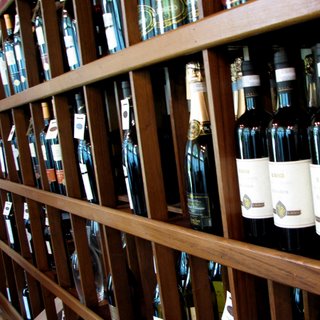
There were white wines, red wines, dessert wines, a fine grappa reserved for friends... We tried it all. And we left with a fair amount to share with friends and family at our own table. If we can make people feel half as welcome and indulged as we felt at that meal, and throughout the entire day, we'll be happy.








